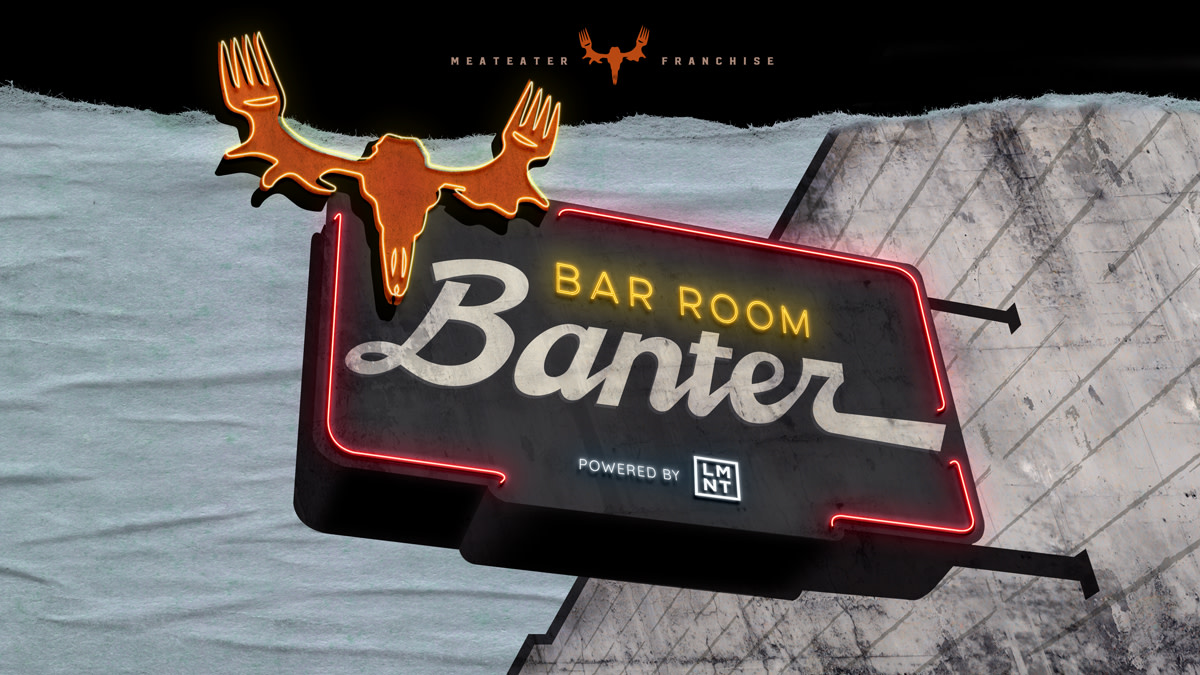
There’s a difference between book smart and bar smart. You may not be book smart, but this series can make you seem educated and interesting from a barstool. So, belly up, mix yourself a glass of LMNT Recharge, and take notes as we look at the deadliest animal attack in modern history. Powered by LMNT.
During World War I, German and Russian forces declared a temporary ceasefire to fight back wolves that were swarming the battlefield. The voracious animals were attracted to the prolific and gruesome scavenging available in the warzone, attacking soldiers and civilians alike. World War II, much of which was fought in Southeast Asia and the South Pacific, had a different type of four-legged hazard: crocodiles.
The saltwater crocs that call this region home are the largest reptiles in the world, growing up to 20 feet long and 2,500 pounds. Soldiers were warned of their reputation as man-eaters and took measures to prevent attacks when navigating canals and waterways.
“When we swam in small tributaries, a soldier or one of your group stood by with a rifle with .303 ammunition in case of attack by a small type of crocodile called a mugger,” jungle warfare veteran Lt. Col. William Albert Weightman told the Imperial War Museum in a 1990 interview about his time in the Burma Campaign.
The Burma Campaign was part of a series of efforts that made up the South-East Asian Theatre from 1941 to 1945. Although 300,000 soldiers died in these conflicts, it was a skirmish with 500 casualties that might have been the most gruesome of the entire war.
The Battle of Ramree Island was a six-week conflict where the Allies attempted to overtake a pair of isles that were invaded by Japan three years prior. Each side valued their convenient location in the Bay of Bengal and wanted the landmasses to use as airfields.
The British Royal Marines and 36th Indian Infantry Brigade made their attack on Jan. 14, 1945. The Imperial Japanese Army held its ground for a few weeks, despite being caught off guard. But by Feb. 1 the Japanese were overwhelmed and faced with a decision: fight a losing battle, surrender, or escape. They chose the third option, which the British were prepared for.
To prevent the Japanese from easily making a getaway by boat, the British launched Operation Block—a tactic where their navy destroyers obstructed every available water exit. Instead, the 1,000 surviving Imperial Army soldiers were forced to evacuate through the island’s swamp. The 10-mile journey through dense mangroves, knee-deep mud, and chest-deep water made for hellacious travel.
“Disadvantages to the Japanese lay in the indescribable horrors of the mangrove swamps,” according to a 1945 dispatch by Vice Admiral Arthur Pane. “Dark during the day as well as during the night, acres of thick impenetrable forest; miles of deep black mud, mosquitos, scorpions, flies and weird insects by the billion and—worst of all—crocodiles.”
Only about half of the men that entered would emerge a few days later. The rest were lost to starvation, exhaustion, dehydration, disease, crocodiles, and often a combination of all five.
British soldiers monitored from afar as the Japanese slogged their way through the jungle. The feeding frenzies that took place at night could be heard from the safety of the boats and high ground. British soldier Bruce Stanley Wright wrote of the secondhand trauma he received from being a firsthand witness.
“That night [February 19] was the most horrible that any member of the M.L. crews ever experienced,” Wright wrote in his 1962 book “Wildlife Sketches Near and Far.” “The crocodiles, alerted by the din of warfare and smell of blood, gathered among the mangroves, lying with their eyes above the water, watchfully alert for their next meal. With the ebb of the tide, the crocodiles moved in on the dead, wounded, and uninjured men who had become mired in the mud.
“The scattered rifle shots in the pitch black swamp punctured by the screams of the wounded men crushed in the jaws of huge reptiles, and the blurred worrying sound of spinning crocodiles made a cacophony of hell that has rarely been duplicated on Earth. At dawn the vultures arrived to clean up what the crocodiles had left.”
Death tolls and death causes at the Battle of Ramree are still disputed by historians. Some declare it the deadliest animal attack in modern history and credit the crocs with hundreds of casualties, while others think salties played no role in the soldiers’ demise. (I choose to believe that the crocs took our side in defeating the Axis powers.)
But even at its worst, Mother Nature can’t compete with the evils of man. About 75 million people died in WWII via genocide, massacres, mass-bombings, disease, and starvation. In comparison, the toothy monsters of Ramree Island seem quite pure.
Feature graphic via Hunter Spencer.




